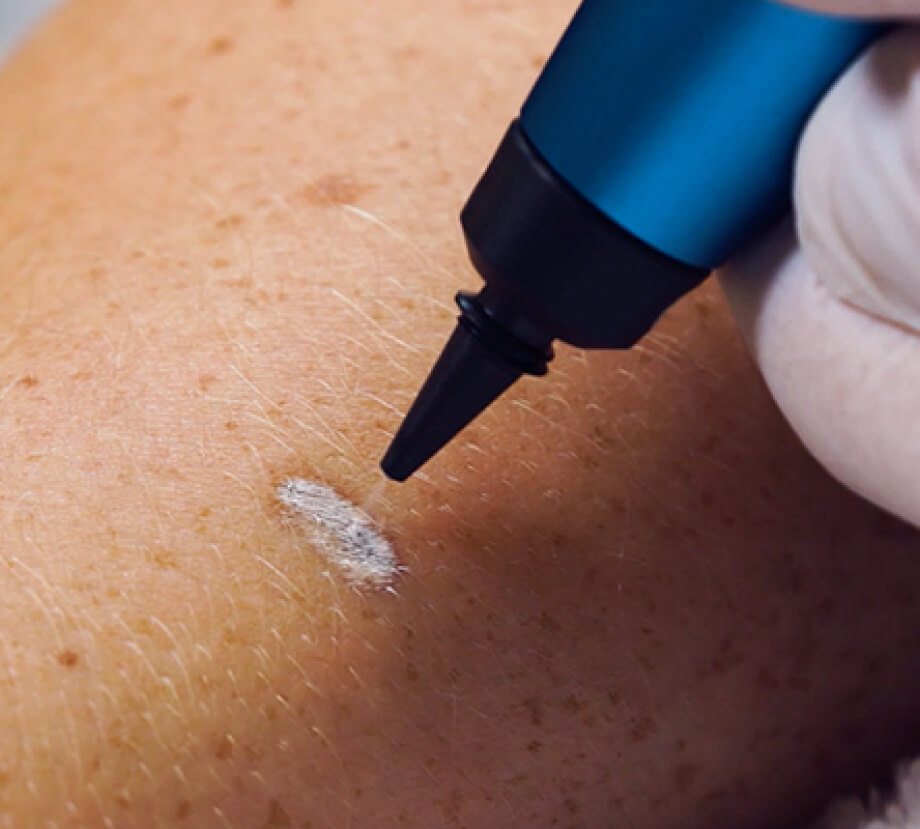
September 16, 2024
When Is A Mole Reason For Concern?: Rapaport Dermatology Of Beverly Hillsides: Skin Specialists
Moles & Benign Skin Developments Kinds, Dangers While a lot of moles are safe, monitoring them for any kind of adjustments is essential. If a mole shows any of these qualities, please request an appointment to get it inspected by a healthcare expert. Yes, benign moles can expand, particularly as a youngster ages. Hereditary moles will grow proportionally to your body.Typical Moles Do Not Do Much
Situation matters have been steadily rising for decades, also, reports the National Cancer Institute. Specific characteristics of a mole can provide tips when it concerns melanoma. Dr. Poblete-Lopez claims the guideline in dermatology is to think about the ABCDEs. Nevertheless, some might reveal only one or 2 of the ABCDE attributes (6 ). Much more pictures are on the What Does Melanoma Look Like? " This process will certainly help determine whether the mole likely requirements to be biopsied or otherwise."What Causes Blemishes?
During pregnancy, for example, a female's moles might become larger and darker or undergo other modifications. Though this doesn't always indicate a trouble, it is best to have any kind of mole that's transforming examined. Moles are clusters of melanocytes, which are the cells that create and provide your skin its pigment. All skin kinds-- no matter exactly how fair or dark-- consist of melanocytes as a regular part of the epidermis.Valley Skin Institute's Approach To Mole Exam And Therapy
- If you notice adjustments in any mole's color, thickness, size, or shape, you must see a skin specialist.
- These supposed "elegance marks" are typically harmless and nothing to bother with either.
- They're usually less than 1/4 inch (about 6 mm) in size-- the size of a pencil eraser.
- Several of your longest-lasting typical moles, specifically genetic nevi, might grow in time.
- Scientists approximate that the threat of cancer malignancy is about 10 times better for a person with more than 5 dysplastic nevi than for a person that has none.
Doctor Explains When You Should Be Concerned About Your Mole - Health Digest
Doctor Explains When You Should Be Concerned About Your Mole.
Posted: Fri, 27 Jan 2023 08:00:00 Medical-grade cryo treatment GMT [source]
What do most malignant moles look like?
Shade that is irregular: Tones of black, brown, and tan may exist. Areas of white, gray, red, pink, or blue may also be seen. Size: There is a change in size, normally an increase. Cancer malignancies can be tiny, but many are larger than the size of a pea (bigger than 6 millimeters or concerning 1/4 inch).
Social Links